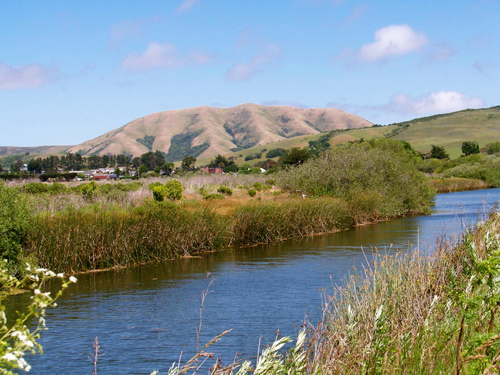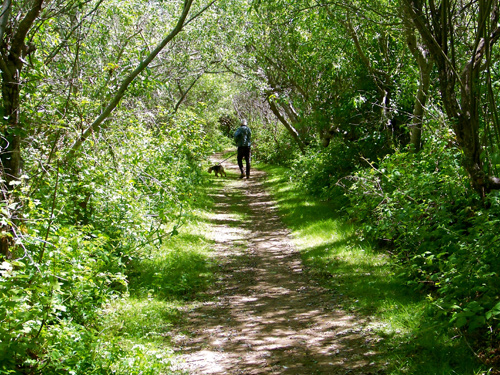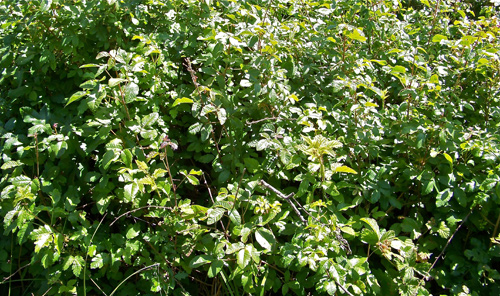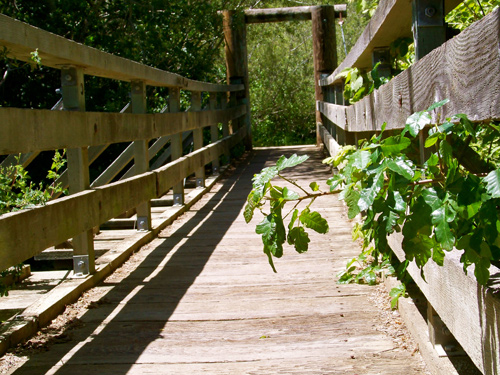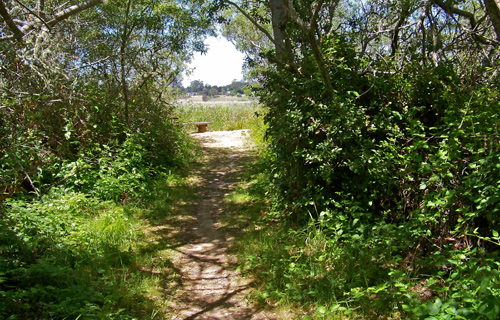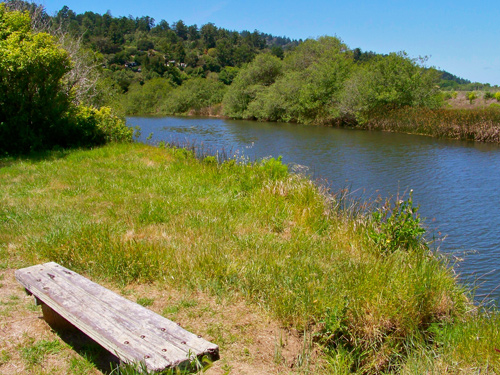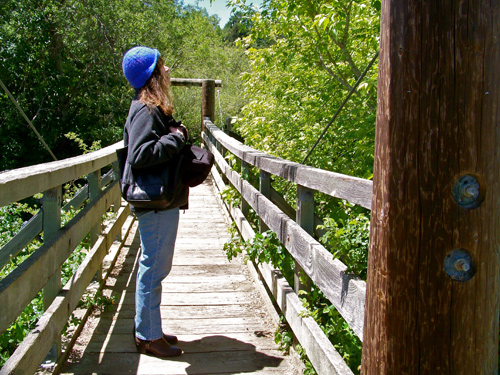News that the Station House Café in Point Reyes Station will close at the end of this month has shocked many of us in West Marin and has generated newspaper and TV attention throughout the San Francisco Bay Area. Owner Sheryl Cahill says the new owner of the restaurant building wants to up the rent to approximately $700 per day, which she can’t afford. She hopes she can eventually reopen somewhere else.
For years while I edited and published The Point Reyes Light, I ate breakfast there almost daily and often used my mealtime to also pick up news tips, so I’m particularly chagrined by the upcoming closure. In fact, the newspaper and the restaurant have been associated in various ways for more than 50 years, beginning when the paper was published by Don DeWolfe and called The Baywood Press. Back then, the restaurant, which was located where Osteria Stellina is today, was operated by historian Jack Mason of Inverness, a retired Oakland Tribune editor.
Mason, who bought the restaurant in 1966, also wrote Funny Old World for DeWolfe’s paper, and years later in the same column, he described what the restaurant and DeWolfe were like back then. The column was reprinted in our 2013 book, The Light on the Coast. In case you missed it, here it is again:
By Jack Mason
“I’ve got an idea,” Don DeWolfe said.
I laid his medium-rare hamburger on the counter in front of him. “If so, it’s the first time,” I said, in the kidding tone one uses with an old friend, even if he is the local editor.
He didn’t bother to parry the thrust, but handed me a mustard container he had been fiddling with. “This one’s empty,” he said.
I gave him another from under the counter.
“What’s your idea?” I said. My interest was only lukewarm. Certainly I was not flattered that he would ask me for my opinion. Editors do that, ask everybody in the place what they think, then do their own thing regardless. It’s the way Great Battles have been fought and lost since the dawn of time.
He squeezed some of the brown stuff onto his hamburger patty, then pressed down hard on the bun as if afraid the meat might get away. Those were quarter-pound hamburgers I served at the Station House in 1966, and the buns all had sesame seeds on top.
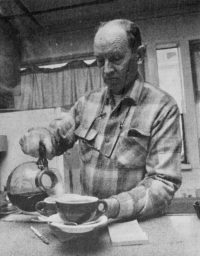
Jack Mason as owner of the Station House Café in 1967.
“The coffee will be ready in a minute,” I said. “We had a couple of customers in here awhile back, and they drank it like it was going out of style.”
“You mean you have other customers?” Don exclaimed. He dug into his burger, reaching for a napkin. “This napkin holder is empty,” he said.
I pushed one towards him from further down the counter, just as the phone rang. “Probably Willi Reinhardt,” I said. “The toilets are plugged up. That ought to take care of your crack about other customers!”
But it was Bob Vilas at the bank. “Jack,” he said, “these checks you wrote Farmer Brothers and Schwartz’s Meat Company last week. What do you expect me to do with them?”
In red-faced confusion, I told Bob it was good of him to call, and said I would be right over to take care of it, as soon as I got rid of my customer.
“You have a customer?”
“Yeah, Don DeWolfe.”
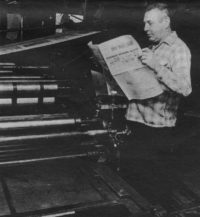
Standing beside his printing press, DeWolfe in 1967 looks over his recently renamed newspaper. Back then the newspaper was produced in the building where Rob Janes Tax Service, Coastal Marin Real Estate, and Epicenter clothing boutique are today.
“Well, tell Don for me, will you, that I think his new idea is great!”
I was really taken aback. “You mean he’s tried the idea out on you? What is it?”
“You don’t know?” Bob cried. “I thought everybody on the street was in on it.”
I hung up, stung, and stood there for a moment letting my anger cool. Here I’d been writing a column for DeWolfe, free. Writing editorials in my spare time, absolutely free of charge! And I’m the last one on the street to know about this great, world-shaking idea of his!
“What is it? I mean, your idea?” I demanded.
He was wiping his hands on four paper napkins at once. Finally he rolled them up into one big ball and dropped them in the green hamburger basket.
“Oh,” he said. “The idea.”
“Yeah, you’ve told everybody else. How about telling old Jack?”
He worked his way off the stool, and pulled some small change out of his pocket, and I mean small. “How much is a hamburger?”
“Did you have cheese on it?”
“No, I can’t eat cheese.”
“Fifty cents. And don’t bother to leave a tip.” I dropped his five dimes and three pennies in the cash drawer. The spring was broken, so we always left the drawer open.
“My idea,” he said, “is to change the name of the paper.”
I felt let down. “What’s wrong with The Baywood Press. It’s been called that for 16 years. It has tradition behind it. People are used to it. Why change it?”
“I thought Point Reyes Light would tie in better with the area,” he said. He inspected me momentarily for my reaction. “I’ll think it over,” I said.
He had to bring all his weight to bear against the door before he could let himself out; the pneumatic catch was stuck. Then he stood there a moment screwing his mouth into an odd shape.
“This is the only hamburger joint I was ever in,” he said, “that didn’t have toothpicks by the cash register.”
The name Baywood Press was changed to Point Reyes Light with the issue of September 8, 1966.
March 2, 1978
The next posting on SparselySageAndTimely.com will reminisce about the restaurant in more recent times.

